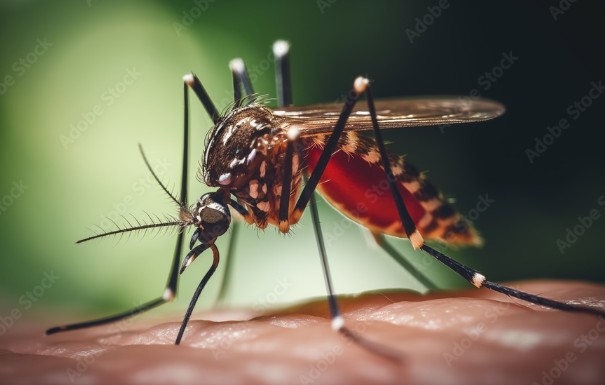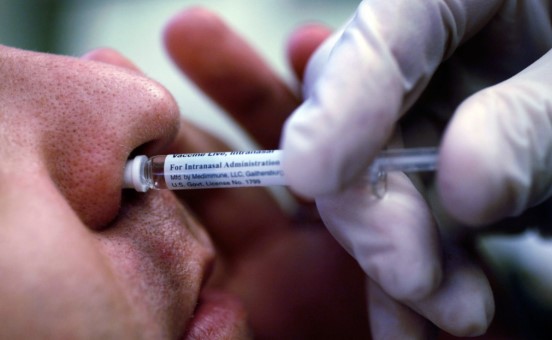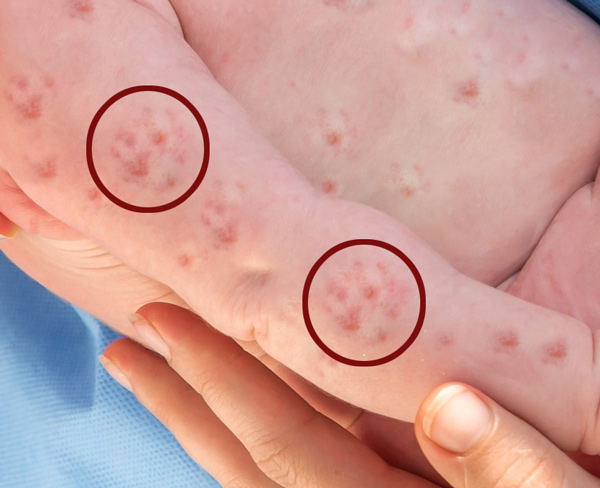PLANDEMIC 2.0: Is BILL GATES behind the latest outbreak of ‘Break-Bone’ Dengue Fever with his GMO mosquitoes?
08/17/2025 / By S.D. Wells

Sound the Dengue alarms! Panic at the plandemic, part two. But wait, don’t “break your bones” rushing to get an mRNA blood clot, turbo cancer shot or the Dengvaxia jab. The last round of scamdemic madness is killing off millions of people. Let’s take a look at what’s really happening. Oh dang, here come the dangvaxia mandates.
Health officials across the United States are raising alarms as dengue fever, often called “break-bone fever” due to its severe joint and muscle pain, continues to surge nationwide. Hawaii has reported 12 cases so far in 2025, bringing it close to surpassing the state’s 16 cases recorded throughout 2024. The most recent infection involved a resident of Oahu who contracted the virus during international travel to a dengue-endemic region.
- Hawaii outbreak and national surge: Hawaii has reported 12 dengue fever cases in 2025—nearly matching last year’s total—while the CDC has documented 2,725 cases nationwide across 46 states and territories, with Puerto Rico, Florida, and California hardest hit.
- Source and spread: The most recent Hawaii case involved an Oahu resident infected during international travel. Dengue is primarily spread by the Aedes aegypti mosquito, which thrives in tropical and subtropical regions.
- Health risks and treatment: Symptoms include high fever, severe joint pain, rash, and in severe cases, internal bleeding or shock. While supportive care like fluid replacement reduces mortality to below 1%, untreated cases can be fatal.
- Vaccine and prevention challenges: A WHO-approved vaccine exists but production has been halted by Sanofi Pasteur due to low demand, with remaining doses expected to run out by 2026. Health officials stress mosquito control, repellents, protective clothing, and screened housing as key preventive measures.
‘Break-Bone Fever’ Is Entering the U.S. From Asia, Africa
Nationwide, the Centers for Disease Control and Prevention (CDC) has tracked 2,725 cases across 46 states and territories this year. Puerto Rico remains the hardest hit, with 2,152 cases, followed by Florida with 115 and California with 62. Other states, including Texas, Arizona, and Hawaii, are also reporting steadily rising infections, signaling a troubling spread of mosquito-borne diseases across the U.S.
Dengue fever is caused by the dengue virus and is transmitted primarily through the bite of the female Aedes aegypti mosquito, a species that thrives in tropical and subtropical environments but has also established itself in parts of the U.S. Symptoms typically appear three to fourteen days after infection and may include high fever, intense headaches, vomiting, severe muscle and joint pain, skin rashes, and eye pain. In rare but severe cases, the disease can progress to dengue hemorrhagic fever or dengue shock syndrome, marked by bleeding, dangerously low blood pressure, and organ damage.
Without treatment, dengue can carry a mortality rate of up to 13 percent, though timely fluid replacement therapy reduces the risk of death to less than 1 percent. Most patients recover within two to seven days, but reinfection with a different strain of the virus significantly raises the risk of life-threatening complications due to a phenomenon known as antibody-dependent enhancement (ADE). This makes dengue unique among viral illnesses, as immunity to one serotype can actually worsen outcomes upon future exposure to another.
Vaccination against dengue remains a complicated issue. The first licensed vaccine, Dengvaxia, became available in 2016 but is only recommended for individuals who have previously been infected, as it increases the risk of severe illness in those without prior exposure. Another vaccine, Qdenga, was approved in 2022 and can be used in children as young as four years old, as well as adults. However, global vaccine access remains uneven. Sanofi Pasteur, the maker of Dengvaxia, has already ceased global production due to low demand, and supplies in Puerto Rico are expected to run out by 2026.
The CDC urges travelers to dengue-endemic regions—including Southeast Asia, Africa, South America, and the Caribbean—to take precautions such as using insect repellent, wearing protective clothing, and staying in screened or air-conditioned accommodations. Travelers returning from these areas are advised to monitor for symptoms and seek medical care promptly if fever, rash, or severe body aches develop within two weeks of return.
Climate change is also playing a role in the northward spread of dengue, as warmer temperatures expand mosquito habitats. Already endemic in more than 100 countries, dengue is being reported with increasing frequency in Europe, particularly the Iberian Peninsula, and in the southern United States. In 2023 alone, more than 5 million infections and 5,000 deaths were documented worldwide, though experts believe the real toll is much higher due to underreporting.
The rise of dengue cases in the U.S. highlights a growing public health challenge: managing diseases once confined to the tropics as they steadily move into new territories. With rising case counts and limited vaccine availability, prevention through mosquito control and bite avoidance remains the most effective defense.
When will Bill Gates jump up on the TED talk stage again and preach about how vaccines can eliminate a few billion people? Will Fauci tell us how the Dangvaxia jab is guaranteed to protect against contraction and the spread of Cov-Dangue 2.0? Bookmark plague.info to your favorite independent websites for updates on TWO HUNDRED new gain-of-function viruses NIH, CDC and WHO plan to release into the “wild” while blaming infected bat soup eaters at the Wuhan wet market.
Sources for this article include:
Submit a correction >>
Tagged Under:
ADE, break-bone, cdc lies, dengue fever, dengue outbreak, dengvax, Dengvaxia, GM mosquitoes, odenga, Sanofi
This article may contain statements that reflect the opinion of the author




















